Sooting on heat exchanger
dbear13
12 years ago
Related Stories
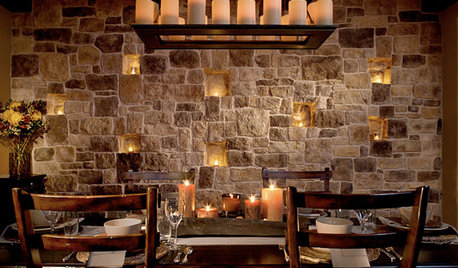
LIGHTINGTurn Up the Party Heat — the Sultry Decorating Secret
Give your home a warm and romantic vibe with candles at the entry, lined up along a wall, floating in martini glasses and more
Full Story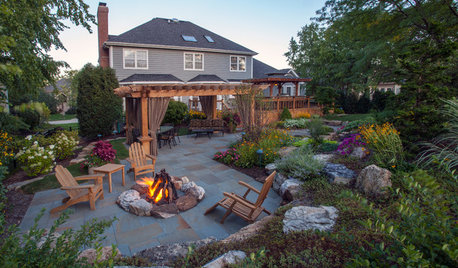
GARDENING AND LANDSCAPING3 Ways to Bring the Heat to Outdoor Living Spaces
Here’s what to know about surviving winter’s bite with an outdoor fireplace, fire pit or heat lamp
Full Story
REMODELING GUIDESClean-Burning Woodstoves Ignite a Greener Heating Trend
No need to rely on oil or gas to heat your home — new woodstove designs burn cleanly and are beautiful to boot
Full Story
GREAT HOME PROJECTSHow to Add a Radiant Heat System
Enjoy comfy, consistent temperatures and maybe even energy savings with hydronic heating and cooling
Full Story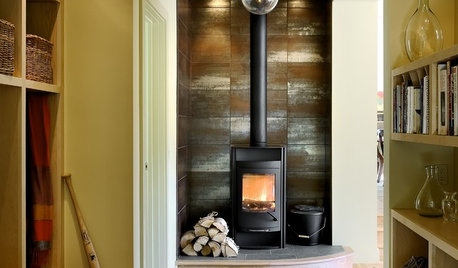
FIREPLACESHeat Your Space in Style with Today's Wood-Burning Stoves
Cleaner burning and streamlined, new wood-burning stoves warm up the room
Full Story
FLOORSIs Radiant Heating or Cooling Right for You?
Questions to ask before you go for one of these temperature systems in your floors or walls (yes, walls)
Full Story
GREEN BUILDINGHouzz Tour: Passive House in Vermont Slashes Heating Bills
Its ecofriendly, low-maintenance design leaves a family with more time to relax and enjoy the weekend home
Full Story
MORE ROOMSBeat the Heat: Escape to the Basement
When It's Too Hot or Rainy, Bring the Party Downstairs
Full Story
GREEN BUILDINGSunlight Used Right: Modern Home Designs That Harness Solar Power
Embracing passive heating principles through their architecture, siting and more, these homes save energy without skimping on warmth
Full Story
GREAT HOME PROJECTSHow to Add a Solar Water Heater
Lower energy bills without a major renovation by putting the sun to work heating your home’s water
Full Story





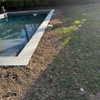
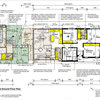
poolguynj
cascade
Related Professionals
Long Branch Swimming Pool Builders · Bridgetown Landscape Architects & Landscape Designers · Beavercreek Landscape Architects & Landscape Designers · Leawood Landscape Architects & Landscape Designers · Annandale Landscape Contractors · Concord Landscape Contractors · East Haven Landscape Contractors · Fort Payne Landscape Contractors · Homewood Landscape Contractors · Kailua Landscape Contractors · Medford Landscape Contractors · Winchester Landscape Contractors · Clearfield Landscape Contractors · Boise Decks, Patios & Outdoor Enclosures · Troy Decks, Patios & Outdoor Enclosuresdbear13Original Author
cascade
poolguynj
cascade
poolguynj
dbear13Original Author
dbear13Original Author